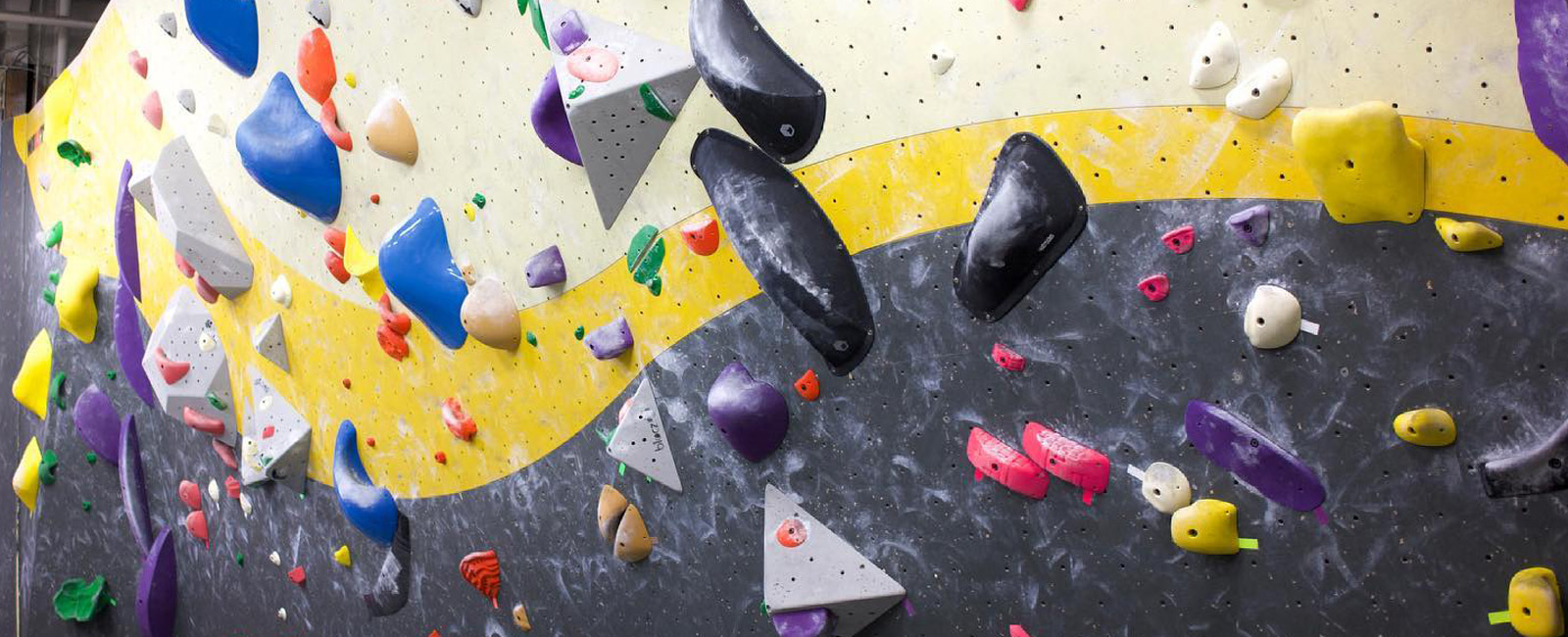Questions + Answers
How does the setting team grade climbs?
Our Head Routesetter sends the team grade assignments for each of the climbs being set that day. Once the first draft or “Skeleton” is on the wall, the setting team foreruns the climb and adjusts the movement, swaps out holds, and tries to get as close to the intended grade as they can. The primary goal is to make the climbing movement hit our quality standards rather than ensure we hit the mark on our grade.
Why are there sometimes no grades on the climbs?
We deliberately keep routes and boulders ungraded for up to 1 week. We have found that by leaving the grade off of the climb, it removes the ‘sticker-shock’ that comes with harder graded climbs and encourages the community to experience more climbs they may not normally try otherwise. Our hope is that you can experience the climb during this first week without any preconceived notions of difficulty, and attempt the climb on its terms.
How do I know what is being set next?
No one wants to come into the gym to find their project has been taken down! To combat this, our routesetting teams try to move through the gym in a very predictable way. This often means moving right to left (or) left to right in a linear fashion through the gym. We also try to consistently set ropes and boulders on specific days each week so you can plan your visits accordingly. Our routesetters put "New" tags up on anything set that week, so you can find what’s new and give it a try. Still have questions? Talk to your local Head Routesetter or check out the routesetting board to find out more.
How long does it take to set a climb?
On bouldering days, our routesetters each create between 3-5 boulders during the setting portion of the day. This is usually about 3-4 hours. After lunch, they group up into forerunning teams and spend 3 or so hours climbing the routes, calibrating them to make sure they are high quality, grade-appropriate, and accessible for a wide range of different climbers within the community.
For our rope walls, it varies a lot based on the height and steepness of the wall. Our routesetters typically set between 1 route (on the tall and steep lead sections of the wall), to 3 routes (on the short top rope sections of the wall). Either way, the same forerunning process takes place afterwards to ensure quality.
Why does this set of new climbs feel easier / harder compared to the last set?
Climbing difficulty is incredibly subjective. It could feel easier because the holds just went up on the wall. It could fit your climbing style, or be something you are uniquely good at. On the other hand, it could feel harder because you haven’t gained the muscle memory for that movement yet. It could be something you haven’t been exposed to before. Each climb we set is unique and presents a different challenge for everyone.
What is the minimum climbing ability for a routesetter?
We have found that climbing at least V4 or 5.11+ is essential to meet the demands of forerunning each work day and have a general understanding of climbing movement.
How do I report a spinning hold?
If you find a hold that moves or seems loose, please notify the front desk and they will let the routesetting team know to fix it.



